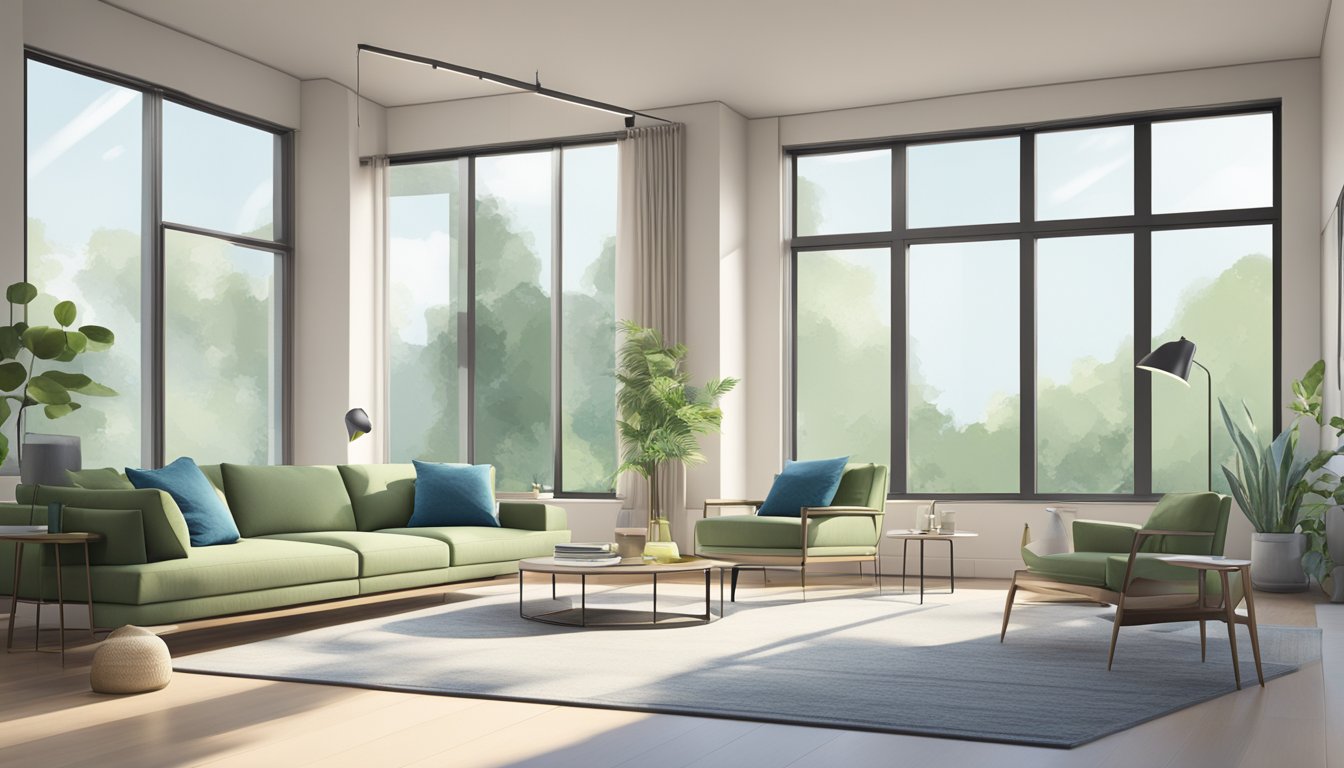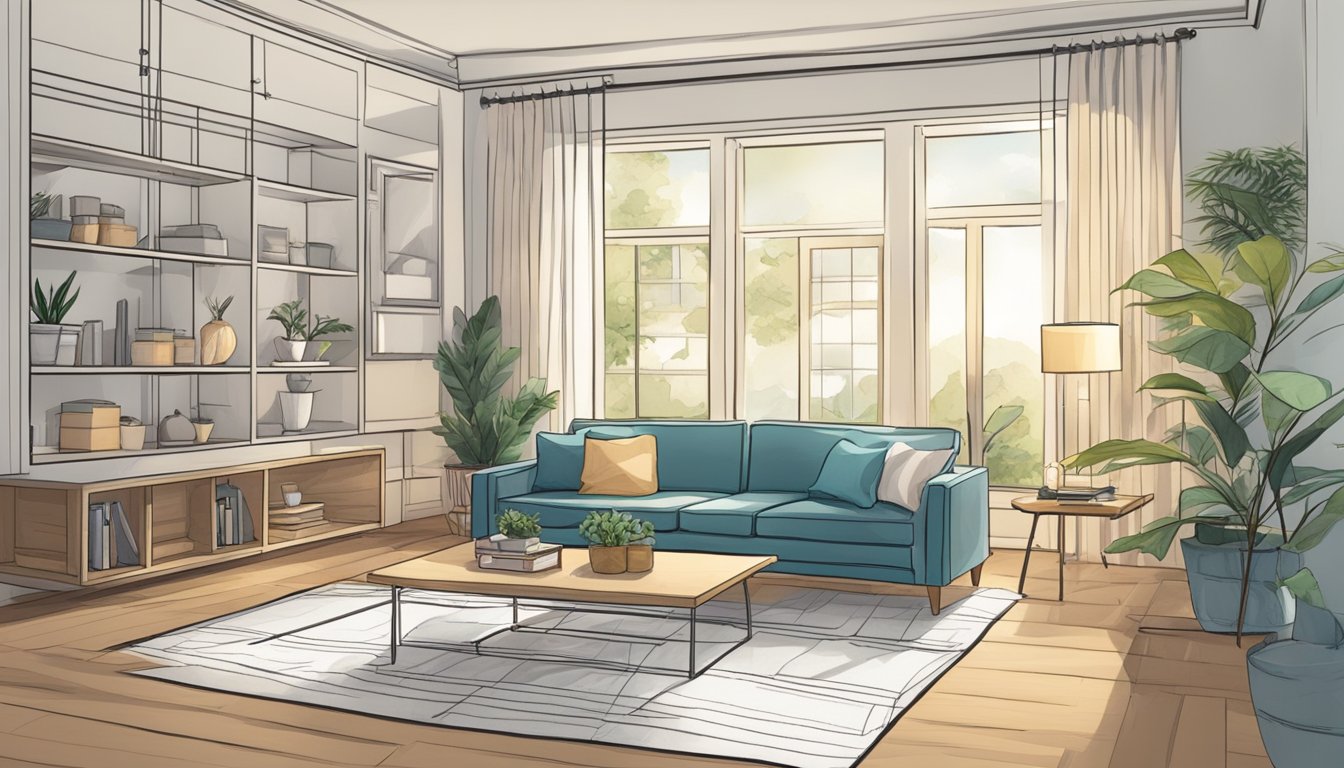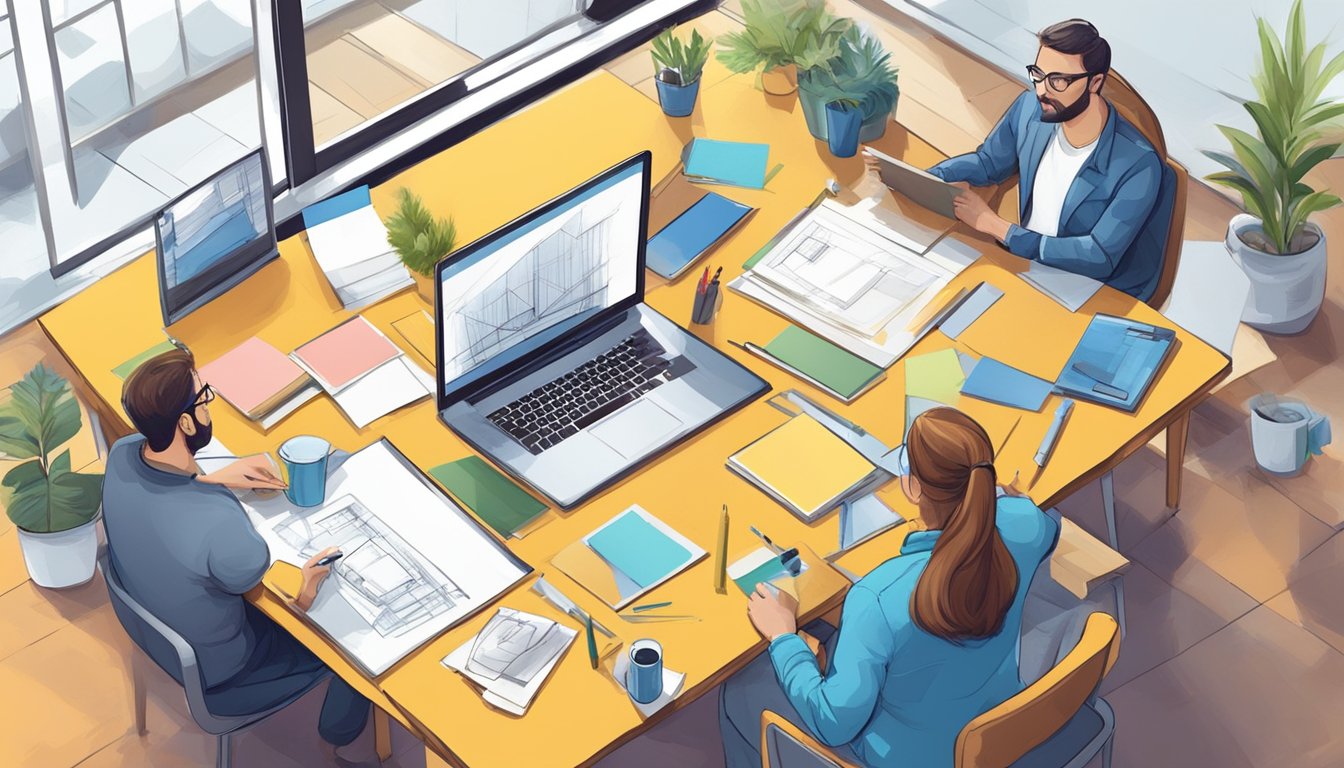Design development is the cornerstone of a successful interior design project. It is the process of taking an idea or concept and turning it into a tangible plan that can be executed. The design development process includes conceptualisation, planning, execution and management. It is a critical phase that requires attention to detail and careful consideration of all aspects of the project.

Conceptualisation and planning are the first steps in the design development process. This involves brainstorming ideas, creating sketches and layouts, and selecting materials and colours. During this stage, it is important to consider the client's needs and preferences, as well as any budget or time constraints. Once the concept is finalised, a detailed plan is created, including floor plans, elevations, and 3D renderings.
Execution and management are the final stages of the design development process. This involves obtaining necessary permits and approvals, preparing the space for renovation or construction, and managing the construction or renovation process. It is important to work closely with contractors and suppliers to ensure that the project is completed on time and within budget. Regular communication with the client is also essential to ensure that their needs and expectations are met.
Key Takeaways
- Design development is the process of turning an idea or concept into a tangible plan for an interior design project.
- The process includes conceptualisation, planning, execution and management.
- Attention to detail, careful consideration of all aspects of the project, and regular communication with the client are essential for a successful design development process.
Conceptualisation and Planning

When it comes to interior design, the first stage is conceptualization and planning. This stage involves understanding your vision, goals, and requirements for the project. You will work with your interior designer to create a design brief that outlines your preferences, budget, timeline, and any other relevant information. This stage is crucial as it sets the foundation for the entire project.
Understanding Client Goals
The first step in conceptualization and planning is understanding the client's goals. Your interior designer will work with you to identify your needs and goals for the space. This includes understanding the function of the space, your aesthetic preferences, and any other design principles that are important to you.
Space Planning and Schematics
Once your goals have been identified, the next step is space planning and schematics. This involves creating detailed floor plans and sketches that show how the space will be used. Your interior designer will work with you to ensure that the space is functional and meets your needs.
Material and Finish Selection
Once the space has been planned, the next step is material and finish selection. This involves selecting the appropriate materials and finishes for the space. Your interior designer will work with you to select the right tile, cabinetry, fabrics, wall coverings, stone, and other materials that will bring your vision to life.
Budgeting and Scheduling
Finally, budgeting and scheduling are critical aspects of the conceptualization and planning stage. Your interior designer will work with you to develop a budget and timeline that meets your needs. This includes identifying the costs associated with the project and developing a schedule that ensures that the project is completed on time and within budget.
At Megafurniture.sg, we understand that interior design is a complex process that requires careful planning and attention to detail. That's why we offer a wide range of furniture and accessories that can help you bring your vision to life. Whether you're looking for modern, contemporary, or traditional styles, we have something for everyone. So why wait? Visit us today and start creating the space of your dreams!
Execution and Management

As you move into the execution and management phase of your interior design project, you'll need to focus on technical documentation, project coordination, installation, and finishing touches. This is where the project really comes together, and it's important to stay organised and on top of things to ensure a successful outcome.
Technical Documentation
Technical documentation is an essential part of the construction process. This includes construction drawings, construction documentation, specifications, sections, interior elevations, and reflected ceiling plans. It's important to make sure that your documentation is accurate and up-to-date, as this will help to ensure that the construction process goes smoothly.
Project Coordination
Project coordination is another key aspect of the execution and management phase. This involves coordinating with contractors, site visits, review, approval, permits, bidding, procurement, and contract documentation. It's important to stay on top of all of these aspects to ensure that the project stays on track and within budget.
Installation and Finishing Touches
Finally, installation and finishing touches are the last steps in the execution and management phase. This includes installation methods, change orders, installation of fixtures, lighting fixtures, hardware, appliances, furniture, millwork, base, and FF&E. It's important to make sure that everything is installed correctly and that all finishing touches are in place to ensure that the project meets the client's expectations.
At Megafurniture.sg, we understand the importance of execution and management in interior design projects. That's why we offer a wide range of furniture and accessories to help you complete your project with ease. From mood boards to presentation and proposal, we have everything you need to create the perfect space. So why wait? Shop with us today and take your interior design project to the next level!
Frequently Asked Questions

What are the key stages involved in the interior design process?
The key stages involved in the interior design process include conceptualisation and planning, design development, documentation, and implementation. Conceptualisation and planning involve understanding your vision, goals, and requirements for the project. Your interior designer will work with you to create a design brief that outlines your preferences, budget, timeline, and any other relevant information. They will also conduct site visits to understand the space and its limitations.
How does concept development shape the outcome of interior design?
Concept development is an essential part of the interior design process. It involves creating a design concept that aligns with your vision and requirements. The concept development phase will help you and your designer to explore different ideas and visualise the final outcome. This phase will also help your designer to create a cohesive design that reflects your personality and style.
Can you outline a step-by-step checklist for an interior design project?
Yes, we can outline a step-by-step checklist for an interior design project. The checklist includes:
- Defining the project scope and goals
- Creating a design brief
- Conducting a site visit
- Developing a design concept
- Creating a design development plan
- Creating a detailed documentation plan
- Implementing the design plan
- Conducting a final walkthrough
What does the interior design development phase entail?
The interior design development phase involves refining the design concept and developing detailed plans. Your interior designer will work with you to finalise the design concept and create detailed plans that include materials, finishes, and furniture. This phase will also involve creating 3D renderings and mockups to help you visualise the final outcome.
What are the essential elements to consider during the project phases of interior design?
The essential elements to consider during the project phases of interior design include budget, timeline, materials, finishes, furniture, lighting, and accessories. Your interior designer will work with you to ensure that all of these elements are considered and incorporated into the design plan.
How do interior designers create a cohesive flowchart for design projects?
Interior designers create a cohesive flowchart for design projects by breaking down the project into smaller, manageable tasks. They then create a timeline and assign tasks to team members based on their skills and expertise. This process ensures that each task is completed on time and that the project progresses smoothly. Your interior designer will also communicate with you regularly to keep you informed about the progress of the project.
Are you looking to create your dream home with an experienced interior designer? Look no further than Megafurniture.sg! Our team of expert designers will work with you to create a beautiful and functional space that reflects your unique style and personality. Visit our website today to learn more about our interior design services and start your project today!



